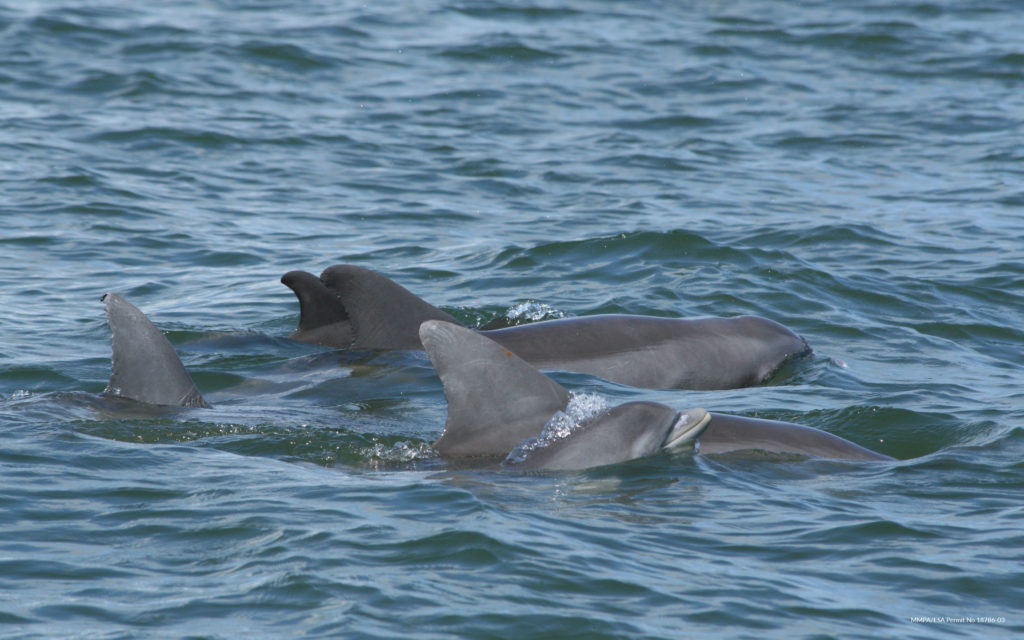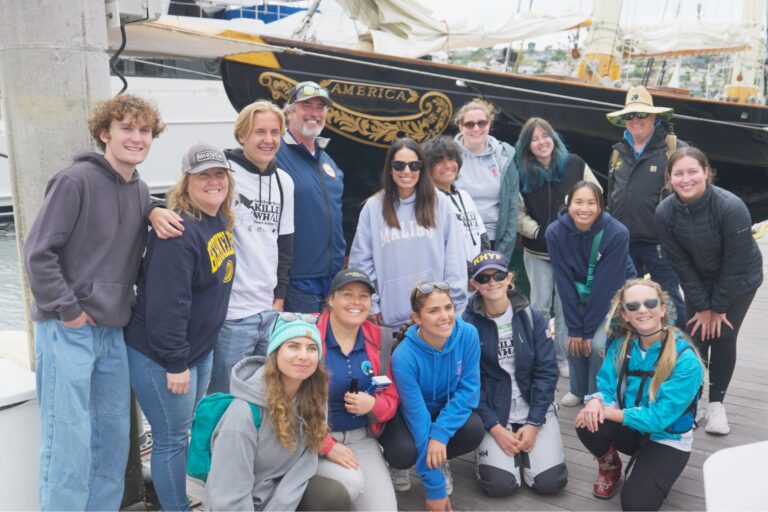FOR IMMEDIATE RELEASE
Contact: st**********@**mf.org
A Decade after the Deepwater Horizon Oil Spill, Dolphins, Whales Still Struggle to Survive and Reproduce
A Wake-Up Call about Caring for our Planet and Animals on the 10th Anniversary of the Deepwater Horizon Oil Spill
SAN DIEGO —April 20 marks the 10-year anniversary of the catastrophic Deepwater Horizon oil spill. A decade of scientific research indicates that the health of dolphins and other marine mammals in the Gulf of Mexico is not improving, and in some cases may be worsening.
“Our findings are disheartening and a stark reminder of the inextricable link between human activities and nature,” said Dr. Cynthia Smith, Executive Director and Chief Medical Officer of the San Diego-based National Marine Mammal Foundation (NMMF).


While scientists say the species of dolphins they are studying are not in danger of extinction, they have grave concerns about their long-term health and the health of the Gulf’s entire ecosystem. The oil-related health effects on offshore dolphins and whales, which include the critically endangered Gulf of Mexico Bryde’s whale, are expected to be similar to the Barataria Bay, Louisiana, dolphins that were closely studied.
Like people, dolphins and whales mature slowly and are long-lived. Many cetacean species do not produce their first calf until nearly 10 years of age and only a single offspring every three to five years. With so many sick and dead marine mammals in the wake of the Deepwater Horizon oil spill, scientific models predict it will take decades for their populations across the Gulf to recover.

The NMMF is committed to driving impactful science that will promote conservation actions with meaningful outcomes to protect these animals. With funding from the Gulf of Mexico Research Initiative, the NMMF is leading a consortium of researchers from across 10 organizations, including experts in veterinary medicine, pathology, immunology, cardiology, ecology, and statistical modeling. The research consortium has continued to study dolphins and other marine mammal species in the Gulf of Mexico to determine how and if they can recover following such a catastrophic environmental event.
NMMF’s Chief Scientist for Conservation Medicine, Dr. Lori Schwacke, helped lead the original Deepwater Horizon Natural Resource Damage Assessment for marine mammals. “The anniversary of the oil spill and ten years of research findings underscore the importance of continued studies of Gulf of Mexico marine mammals to provide the necessary science that best supports effective conservation. The challenges associated with studying these populations to describe both their recovery from past stressors and their responses to future threats require creative, big ideas.”
###





